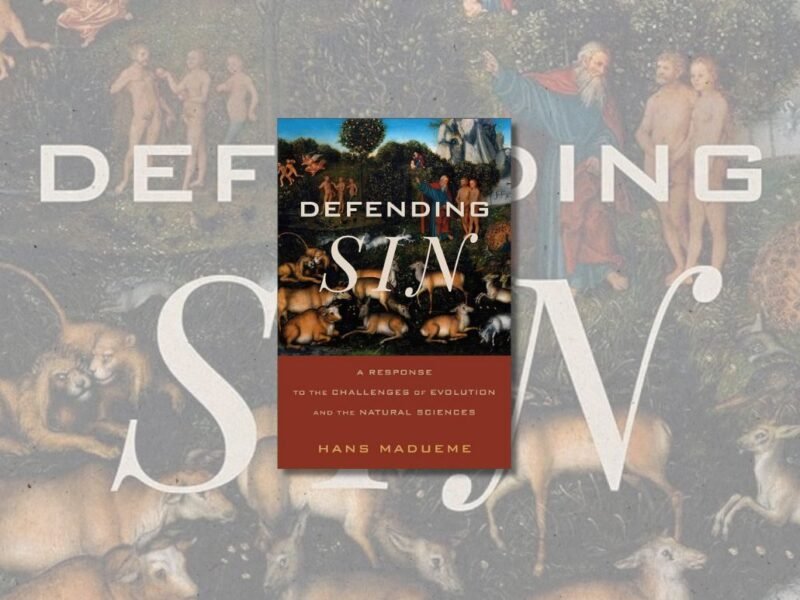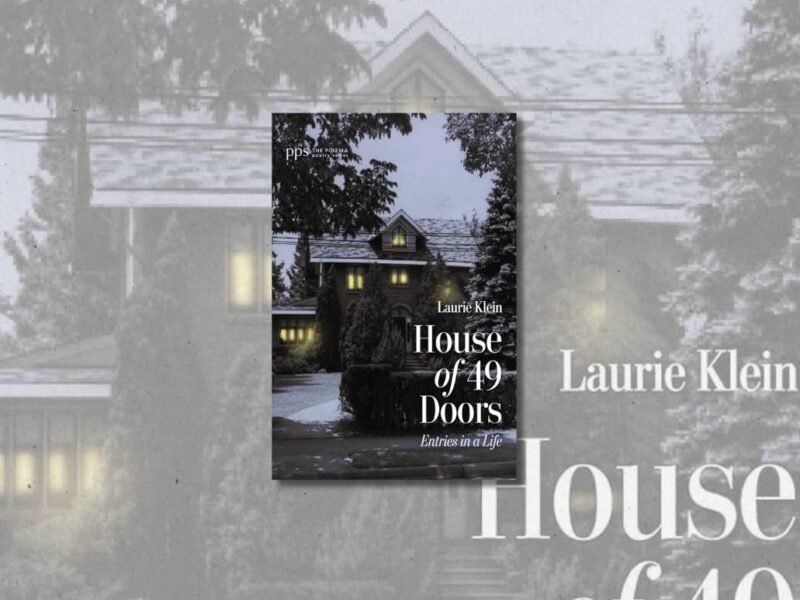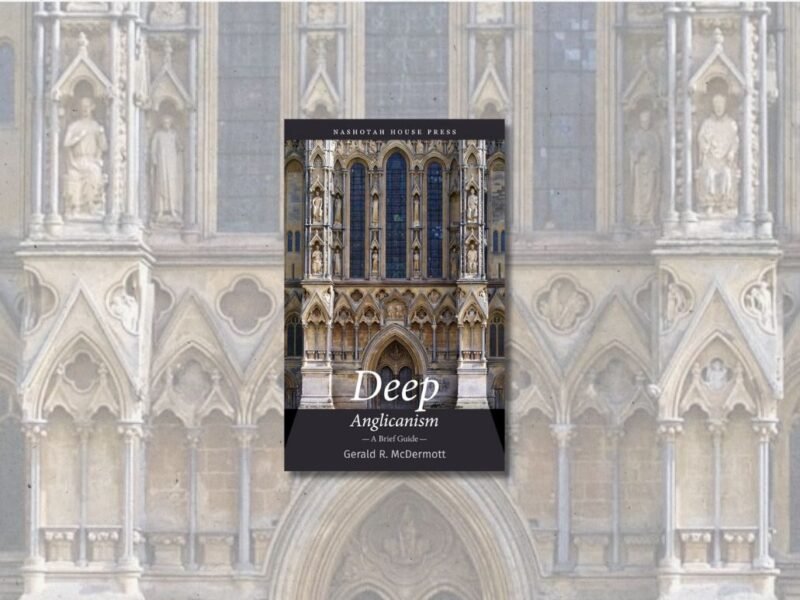Jackie Jamison and the Rev. Sean McDermott. Guide to the Mass from the 1928 Book of Common Prayer: For Anglican Youth and Newcomers. Charlottesville, VA: Earth and Altar Publishing, 2020. 76 pp. Paperback $12.49.
Guide to the Mass from the 1928 Book of Common Prayer: For Anglican Youth and Newcomers is the inaugural work published by Earth and Altar, a driver for Catholic ressourcement for Anglicans. This book comes at an important time in North American Anglicanism, especially for the Continuum. As a younger generation of clergy and parishioners begin to populate Continuing parishes, the 1928 Book of Common Prayer needs some help. For many older parishioners, the 28 is a popular option because of its nostalgic factor: those raised in the Episcopal Church prior to the late 70s would have used the 28 at their baptisms, confirmations, first communions, weddings, and family funerals, making it the center of their piety. This will no longer serve as a justification for younger parishioners. The solution is not to embrace liturgical innovations, however, but to teach. And that is precisely what makes Guide to the Mass a helpful book.
Guide to the Mass is set up to follow the service, jumping straight into the service, explaining each part, beginning with the Procession, Collect for Purity, and Introit, going through the Liturgy of the Word and the Liturgy of the Sacrament. Each aspect of the Mass is explained, and antiquated language defined. Questions which naturally arise from the service (“Why Do We Bow in Church?” “Why Do We Beg God for Mercy?” etc.) are answered in boxes alongside the Mass. After the conclusion of the service, various topics about the Church and her Sacraments are addressed. For example, they discuss the altar party, the various titles of clergy, the Church Calendar, music in the Mass, the layout of the Church and common symbols seen in it, etiquette for Mas, miscellaneous frequently asked questions, and a dictionary of the Church.
The book is a wonderful gift to parishes that utilize the 1928 Book of Common Prayer. First and foremost, the book makes the Mass more approachable for parishioners. The BCP’s antiquated language can be overwhelming to many, making the service feel foreign. Rather than dumbing down the service in a move of cultural accommodation, a book like this elevates the bar, understanding that our congregants are able to rise to the occasion. Assuming that people are unable to understand the elevated language of the older Prayer Books is often a form of elitism based on the assumption that “uneducated” folks are incapable of understanding the service. Personally, I have found this to be untrue and a helpful aid like Guide to the Mass is a helpful way to supplement the service to teach the people.
Another benefit of this book is that it addresses a vacuum in Christian education. In North American Anglicanism, there is a dearth of educational resources, especially for youth. While the Anglican Province of America has published some youth curricula, there is a need for well-designed tools for parishes to use in instruction of student and adult catechumens. Guide to the Mass fills a great need in this area and can be seamlessly integrated into the education programs at the local parish.
Finally, I would like to point out that the book is beautiful. Aesthetics matter, especially in regard to how we raise our children. Von Balthasar points out that “Our situation today shows that beauty demands for itself at least as much courage and decision as do truth and goodness, and she will not allow herself to be separated and banned from her two sisters without taking them along with herself in an act of mysterious vengeance.”[1] The black and white drawings are simple and easy to comprehend. Unlike many modern resources for children, the art is actually tolerable and instructive.
One issue which may cause some confusion is the liturgy described in the book. The cover of the book clearly specifies that the book is a guide to the Mass from the 1928 Book of Common Prayer. The observant reader will note that there are aspects of the service which are only found in the Missal, not the 1928 BCP. For instance, the Introit, the Gradual, Bidding Prayers, the Agnus Dei, and Centurion’s Prayer. If you come from a parish that does a straight 1928 service, these elements may appear foreign to your parishioners. However, this should not be an insurmountable barrier to utilizing the book, it merely presents an opportunity to teach about the various liturgical options open to Anglicans.
Overall, Guide to the Mass is a helpful resource for a 1928 parish. It adequately addresses its intended audience of youth and newcomers making it a helpful tool for parish catechesis. It makes the service more comprehensible to those who may be new to the tradition, it addresses a need for better youth education resources, and it confronts readers with the beauty of the Mass. This should be purchased for families, new parishioners, and Sunday School teachers to better explain the theology underlying our liturgy.
- Hans Urs Von Balthasar, Seeing the Form, vol. 1 in The Glory of the Lord: A Theological Aesthetics (T&T Clark, 1991), 18. ↑






'Book Review: Guide to the Mass from the 1928 Book of Common Prayer' have 4 comments
September 22, 2020 @ 8:03 pm Cynthia Erlandson
I’m very glad to read about this! I think it is a much better strategy to educate people to the most beautiful liturgies, than to strip the liturgies of their profundity. Most people are quite capable of learning.
September 23, 2020 @ 8:19 am Paul Edgerton
Amen, to that, Sister Erlandson!
I will certainly be checking out this guide to the liturgy to see if it could be of use in our parish. We who worship with the classical liturgies need to be writing and teaching in order to educate the faithful as well as to help the modern language crowd understand why we hold to what we hold to.
I do wonder, though if the use of the word “mass” in the book will limit its usefulness. A whole lot of folks I know using the 1928 service would cringe at handing a layperson a teaching guide that calls the Holy Communion a mass. My congregation won’t see a problem there, not because we’re Anglo-catholic but because we’re eclectic. But I have evangelical presbyteral colleagues who would likely not pick up a book that calls the service a mass.
September 23, 2020 @ 8:53 am Cynthia Erlandson
Yes, I agree that that would be an improvement. I much prefer “holy communion” or “eucharist”. Perhaps someone here could address a question that occasionally occurs to me: I’m pretty sure I’ve heard that the word “mass” means “dismissal.” (?) So, what I don’t understand is why the whole service would be named after the dismissal.
September 28, 2020 @ 2:07 pm Paul
I believe there are some of my students whose fondest, and perhaps only, memories of my lectures are the dismissals….